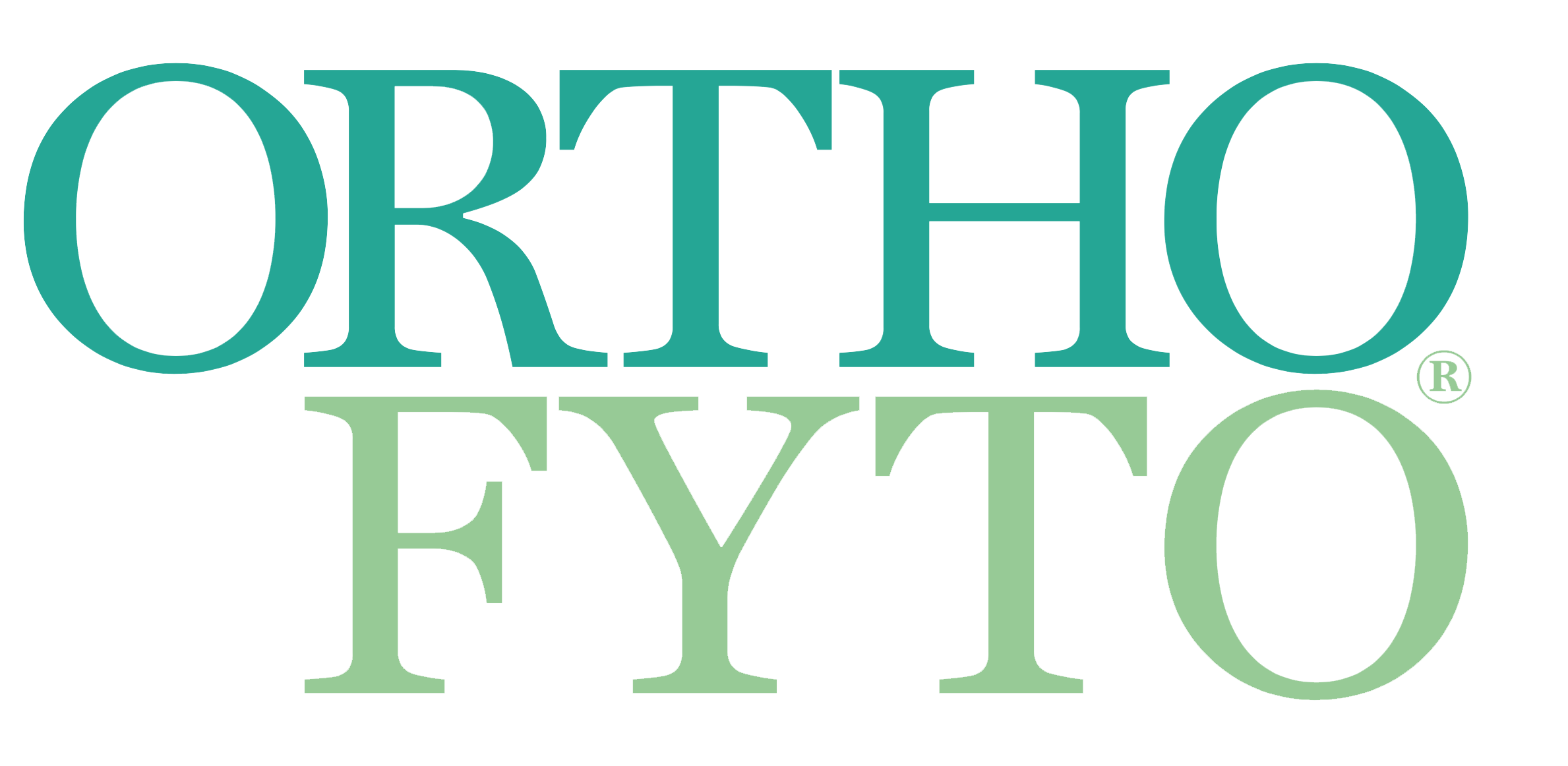De weldaad van fermenteerbare voedingsvezels
03 Feb, 2022
Door Rineke Dijkinga
Vezels staan te boek als gezond. Maar dat is, net als voor elk ander voedingsmiddel, betrekkelijk; ze kunnen ook voor problemen zorgen. Vanwaar dan dat predicaat ‘gezond’? En geldt dat voor elke vezel? In dit artikel belichten we vooral vezels die bijdragen aan de productie van korteketenvetzuren. Dat ziekte in de darm zetelt, zoals de oude geneesheren leerden, lijkt als het om korteketenvetzuren gaat, overduidelijk.
Elk mens zou als goed gastheer dagelijks voldoende én de juiste vezels moeten eten als minimale voorwaarde voor een gezond microbioom. Voedingsvezels zijn koolhydraten, voornamelijk polysachariden, die niet in het spijsverteringsproces kunnen worden afgebroken; daarom worden ze ook niet als voedingsstof opgenomen in de bloedbaan. Lange tijd heetten ze ‘ballaststoffen’: ze zouden geen waarde hebben. Tot wetenschappers erachter kwamen dat ze logischerwijs wel van belang moesten zijn. Bij volkeren met een hoge inname van voedingsvezels kwamen immers Westerse ziektebeelden als hart- en vaatziekten, obesitas, diabetes, tandcariës, dikkedarm-aandoeningen als kanker en diverticulose niet of veel minder voor: de Burkitt-Trowel vezelhypothese.1
Jarenlang werden in de voedingsleer de termen ‘oplosbare’ en ‘niet-oplosbare’ vezels gehanteerd. Niet oplosbaar zijn vezels als cellulose en hemicellulose die niet oplossen in water maar wel veel water opnemen. Dit leidt tot een groter volume aan ontlasting zodat de darmtransit sneller verloopt. Dat doen o.a. zemelen, volle granen en sommige groente-, noten- en zaaddelen. De oplosbare vezels vormen bij oplossing in water een geleiachtige massa. Bijvoorbeeld groente, fruit, noten, zaden, pitten, haver, gerst, peulvruchten, acacia, pectine en guargom. In het gros van de voedingsmiddelen komen zowel oplosbare als niet oplosbare vezels voor.
Een andere indeling is die in fermenteerbaar en niet-fermenteerbaar. Het zijn met name recente, moderne onderzoeken waarin de invloed van vezels op het microbioom en metaboloom wordt bekeken, waarin sprake is van ‘niet-fermenteerbare’ of ‘fermenteerbare’ vezels. De laatste worden ook wel MAC’s genoemd (Micro-Accessible Carbohydrates).
Lees het gehele artikel vanaf pagina 34 in OrthoFyto 1/22.
Wilt u het gehele artikel als PDF bestand ontvangen? Bestel het dan hier voor € 3,50.
Bronvermelding:
1. Trowell H. Definition of dietary fiber and hypotheses that it is a protective factor in certain diseases. Am J Clin Nutr. 1976 Apr;29(4):417-27.
2. Mathus-Vliegen E. Darmgezondheid, microbiotica en (graan)vezels. Ned Tijdschr voor Voeding & Diëtetiek - 2020;75(1) 28.
3. Simpson H, Campbell B (2015). Review article: dietary fibre-microbiota interactions. Alimentary pharmacology & therapeutics, 42(2), 158–179.
4. Hosseinzadeh ST, Poorsaadati S, Radkani B, Forootan, M. (2011). Psychische stoornissen bij patiënten met chronische constipatie. Gastro-enterologie en hepatologie van bed tot bank, 4 (3), 159-163.
5. Donohoe, D. R., Garge, N., Zhang, X., Sun, W., O'Connell, T. M., Bunger, M. K., & Bultman, S. J. (2011). The microbiome and butyrate regulate energy metabolism and autophagy in the mammalian colon. Cell metabolism, 13(5), 517–526.
6. Kim, K. N., Yao, Y., & Ju, S. Y. (2019). Short Chain Fatty Acids and Fecal Microbiota Abundance in Humans with Obesity: A Systematic Review and Meta-Analysis. Nutrients, 11(10), 2512.
7. Chambers, E. S., Preston, T., Frost, G., & Morrison, D. J. (2018). Role of Gut Microbiota-Generated Short-Chain Fatty Acids in Metabolic and Cardiovascular Health. Current nutrition reports, 7(4), 198–206.
8. Li, Z. et al (2018). Butyrate reduces appetite and activates brown adipose tissue via the gut-brain neural circuit. Gut, 67(7), 1269–1279.
9. Zhang, S. et al. (2020). Short Chain Fatty Acids Modulate the Growth and Virulence of Pathosymbiont Escherichia coli and Host Response. Antibiotics (Basel, Switzerland), 9(8), 462.
10. Betts K. S. (2011). A study in balance: how microbiomes are changing the shape of environmental health. Environmental health perspectives, 119(8), A340–A346.
11. Zhao, Y. et al (2017). Structure-Specific Effects of Short-Chain Fatty Acids on Plasma Cholesterol Concentration in Male Syrian Hamsters. Journal of agricultural and food chemistry, 65(50), 10984–10992.
12. Blaak E. et al (2020). Short chain fatty acids in human gut and metabolic health. Beneficial microbes, 11(5), 411–455.
13. Pituch, A., Walkowiak, J., & Banaszkiewicz, A. (2013). Butyric acid in functional constipation. Przeglad gastroenterologiczny, 8(5), 295–298.
14. Lynch S. V. (2016). Gut Microbiota and Allergic Disease. New Insights. Annals of the American Thoracic Society, 13 Suppl 1(Suppl 1), S51–S54.
15. Silva, Y. P., Bernardi, A., & Frozza, R. L. (2020). The Role of Short-Chain Fatty Acids From Gut Microbiota in Gut-Brain Communication. Frontiers in endocrinology, 11, 25.
16. Jin, C et al (2015). Supplementation of sodium butyrate protects mice from the development of non-alcoholic steatohepatitis (NASH). The British Journal of Nutrition, 114(11), 1745–1755.
17. van de Wouw et al. (2018). Short-chain fatty acids: microbial metabolites that alleviate stress-induced brain-gut axis alterations. The Journal of Physiology, 596(20), 4923–4944.
18. Ozdal, T. et al (2016). The Reciprocal Interactions between Polyphenols and Gut Microbiota and Effects on Bioaccessibility. Nutrients, 8(2), 78.
19. Asemi, Z., Khorrami-Rad, A., Alizadeh, S. A., Shakeri, H., & Esmaillzadeh, A. (2014). Effects of synbiotic food consumption on metabolic status of diabetic patients: a double-blind randomized cross-over controlled clinical trial. Clinical nutrition (Edinburgh, Scotland), 33(2), 198–203.
20. Liu, H. et al (2018). Butyrate: A Double-Edged Sword for Health?. Advances in nutrition (Bethesda, Md.), 9(1), 21–29.
21. Coppola, S., Avagliano, C., Calignano, A., & Berni Canani, R. (2021). The Protective Role of Butyrate against Obesity and Obesity-Related Diseases. Molecules (Basel, Switzerland), 26(3), 682.
22. Davis R. et al. Habitual dietary fibre and prebiotic intake is inadequate in patients with inflammatory bowel disease: findings from a multicentre cross-sectional study. J Hum Nutr Diet 2020 Sep 21.
23. Seidelmann, S. et al (2018). Dietary carbohydrate intake and mortality: a prospective cohort study and meta-analysis. The Lancet. Public health, 3(9), e419–e428.
24. Simpson, H. L., & Campbell, B. J. (2015). Review article: dietary fibre-microbiota interactions. Alimentary pharmacology & therapeutics, 42(2), 158–179.
